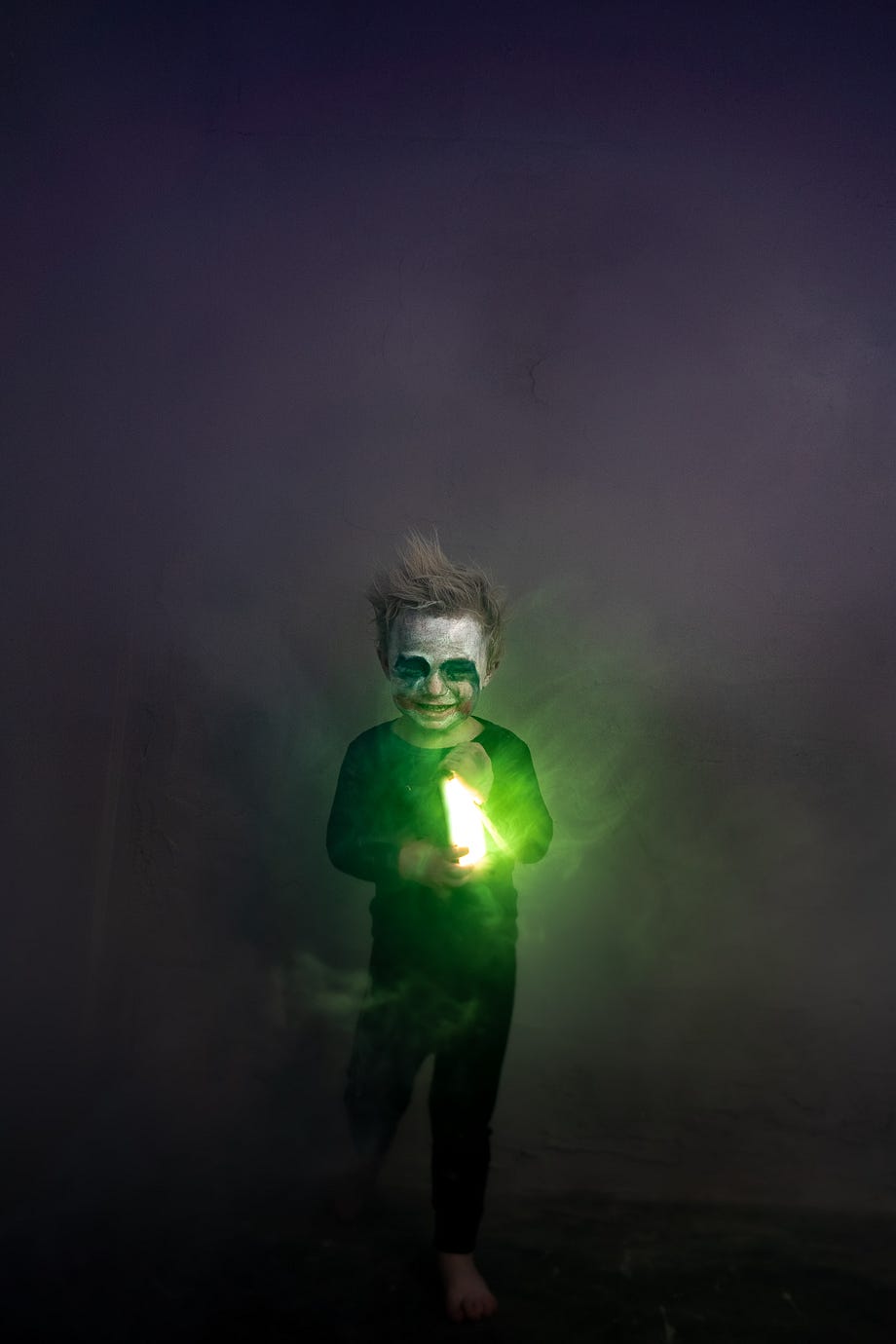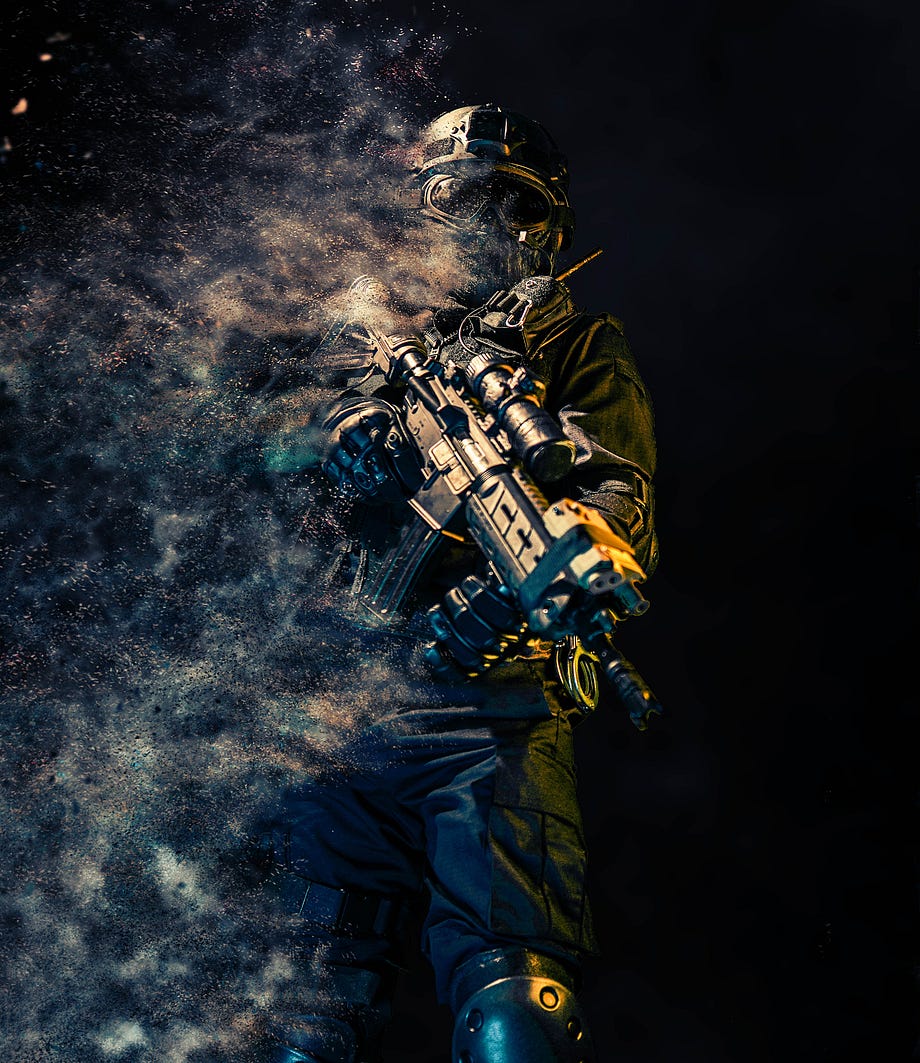He lived a life not caring about another soul. To him, everyone was a victim waiting to be victimized

On February 28, 1976, Juan Fernando Hermosa Suarez was born on the wrong side of the tracks. But the other side of the street was just as bad. The city of his birth was Clemente Baquerizo in the Los Rios Province, Ecuador, where being streetwise meant the difference between getting robbed in one unlit alleyway, or being killed in another.
In certain areas of the capital city, Quito, safe streets were few and far between when the sun went down.
At 15 years old he was beyond the capability of his adoptive parents to hold him in check, to hold him accountable for his crimes, to demonstrate to him that his actions could affect other people negatively. At 15 years old, he just didn’t care.
He did what he did, when he wanted, and to whom.
Perhaps because of his don’t-give-a-damn attitude, other delinquents decided to follow his leadership no matter how bad it was going to turn out.
One such occasion happened after leaving a discotheque with members of his gang on November 22, 1991, his decision to steal a car a turning point in his young life. The car in question was the taxi they took from the club to Agosto Avenue.
The taxi driver?

Suarez shot him in the back of the head.
The body was disposed of casually by his gang in Los Chillos Valley where it was found the next day by the police, hidden as it was in plain sight.
The young gang didn’t hang on to the car for long. They were callous killers, but they weren’t completely stupid.
For Suarez, the murder of the taxi driver meant less than nothing to him. His heart was like stone, the blood in his veins colder than ice, his new best friend a 9mm pistol.
Another five of its bullets were going to be discharged the very next day after a heated argument in his own home with his transvestite hairdresser, Charlie. The cause of the argument was unknown, but there can be no doubt that alcohol helped in pulling the trigger five times, and Charlie getting dead.
Or on that particular night was Juan Fernando Hermosa Suarez, despite the alcohol, just looking for someone else to kill now that he had gotten a taste for murder?
Over the next four months, he lived up to his name of El Niño del Terror.
His killing ground was generally in the northern section of the capital city, Quito. His choice of weapon was his trusty 9mm. His victims were killed on the weekends, selected on a whim, just unlucky to cross the path of one of his bullets on that particular dark night.
But he did have a type.
Taxi drivers and any homosexuals who frequented the bars and clubs in the downtown area of Quito were his types. As his notoriety grew, every Friday and Saturday night they were gripped with a feeling of impending doom as they toured the clubs and bars. They quickly learned to party in groups, yet even so their eyes nervously watched the alleyways that could be concealing the cold eyes of a killer and the barrel of his gun, both searching for their next victim.

As the death toll rose, complaints flooded into the Mayor, Fausto Teran Bustillos, pressuring him to do something. A task force was formed headed by the Grupo de Intervencion y Rescate of the National Police.
Immediately they began to round up members of the street gangs and squeezed them for information. Hard. There were rumors but nothing concrete, despite the acts of gentle persuasion used by the officers.
The breakthrough came when they caught a few of Suarez’s crew in the act of robbing a store. When questioned, they stayed silent as loyal soldiers do, giving nothing up. After all, they were all from the streets, all of them hardened by a life of crime.
That changed when the first bruises were handed out to them a sharp blow at a time. Then they squealed out their leader’s name, self-preservation easily overcoming any feelings of loyalty.
Fausto Teran Bustillos had found the notorious serial killer and wasted no time in coordinating the operation to capture him, alive, dead, or somewhere in between.
The date of the operation was January 16, 1992, set to be kicked off at 3 am when their target would be more easily captured. Just in case there was any sort of resistance, however, the National Police were armed to the teeth.

Their information placed Suarez in his mother’s room located close to a skylight, a rooftop opening that was going to be the entry point. Once inside, they were going to grab him while he was fast asleep, completely unaware of their presence until they had him in handcuffs.
Or that was the plan.
Everything was going well, several dark police shadows approaching the suspect’s room, guns up, senses alert to the slightest noise.
Unfortunately, Suarez was a light sleeper. He heard something imperceptible that brought him instantly awake and, like a caged animal sensing imminent danger, he was immediately alert. Instinctively, without hesitation, he came up firing his 9mm.
All hell broke loose.
Caught by surprise themselves, the National Police returned fire in the darkness, automatic guns spewing a hail of bullets that lit up the night in intermittent flashes. Outside on the street, the remaining policemen joined in in an effort to help their comrades, firing wildly and lobbing grenades at the besieged house.
It was sheer chaos.
A wall of the house completely collapsed in the explosion, toppling directly onto two policemen taking shelter close to it, trapping them beneath its weight. Bullets flew everywhere inside and out as taking Suarez alive wasn’t a priority anymore. They just wanted him got.
But not one of those bullets found its intended target.
Suarez escaped the barrage unscathed, not even a scratch to slow him down, but was still captured 15 minutes later trying to jump from a back window and was taken into custody.
There was one casualty, however. In the melee, of the thousands of rounds expended in the house, Suarez’s mother was hit. She was accidentally shot at least 11 times and died sometime during the explosive confrontation.
Finally captured, unfazed even by the death of his mother, Suarez tried to claim his innocence, claiming self-defense in some of the cases. But the judge was having none of it. He listed the 22 people that Suarez had murdered, had gunned down in cold blood, and condemned him for his brutality. He sentenced him to the maximum term under the law — which was 4 years!
Suarez wasn’t going to be 16 until the following month so could only be tried as a minor, and 4 years was the maximum term he could be sentenced to despite the number of people he had killed.

But for Suarez, 4 years was just too much.
How his girlfriend managed to smuggle a gun into the prison 16 months later was a mystery, but it resulted in the death of one security guard and Suarez breaking out with 10 other inmates.
He went on the run to Colombia, enjoying his brief moment of freedom before catching tonsilitis and getting recaptured. In 1996, with no additional repercussions for his murderous escape, he was released from the Virgilio Guerrero Rehabilitation Center after serving the remainder of his sentence.
El Niño del Terror was now 20 years old and a free man.
But could he leave his brutal past behind, re-invent himself and contribute to society in a positive way? Or was it a case of once a serial killer always a serial killer?
In March 1996, just after he had turned 20, his body was found on the banks of the Aguarico River, horribly hacked at by blows from a machete, riddled with bullets, and his face beaten virtually beyond recognition.
A brief police investigation revealed that he had been abducted by five hooded individuals who, it seemed, had tortured him mercilessly. For how long they couldn’t tell, but Suarez had suffered greatly before the killing shots had ended his life.
The National Police ascertained that the torturers were probably relatives of some of the victims murdered by Ecuador’s youngest serial killer. No doubt they were incensed that his incarceration of 4 years in a juvenile detention center for killing 22 people just wasn’t good enough.
For them, that wasn’t justice. That wasn’t even a slap on the wrist.
In this particular case of murder, the National Police didn’t try very hard to find the 5 vigilantes who had tortured and killed El Niño del Terror.
As far as they and the population and the victims’ families were concerned, justice had been served.
